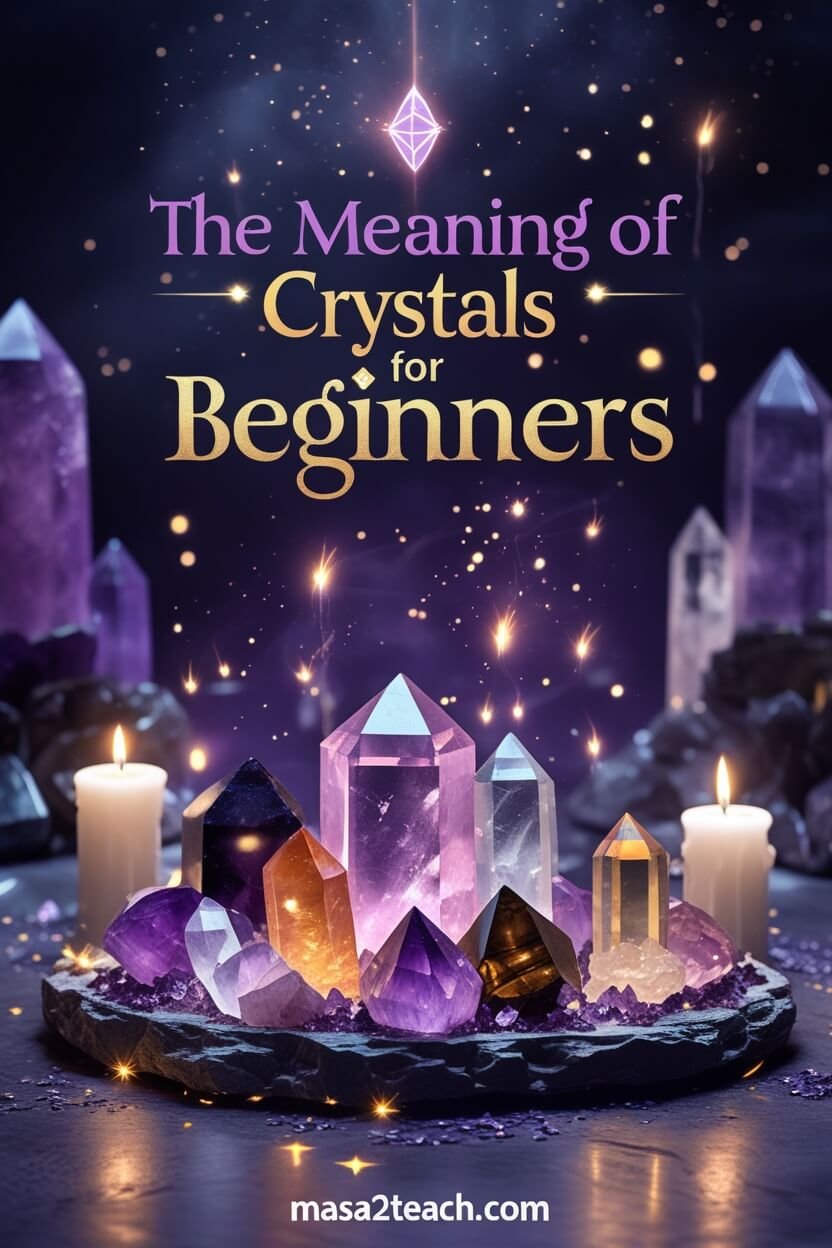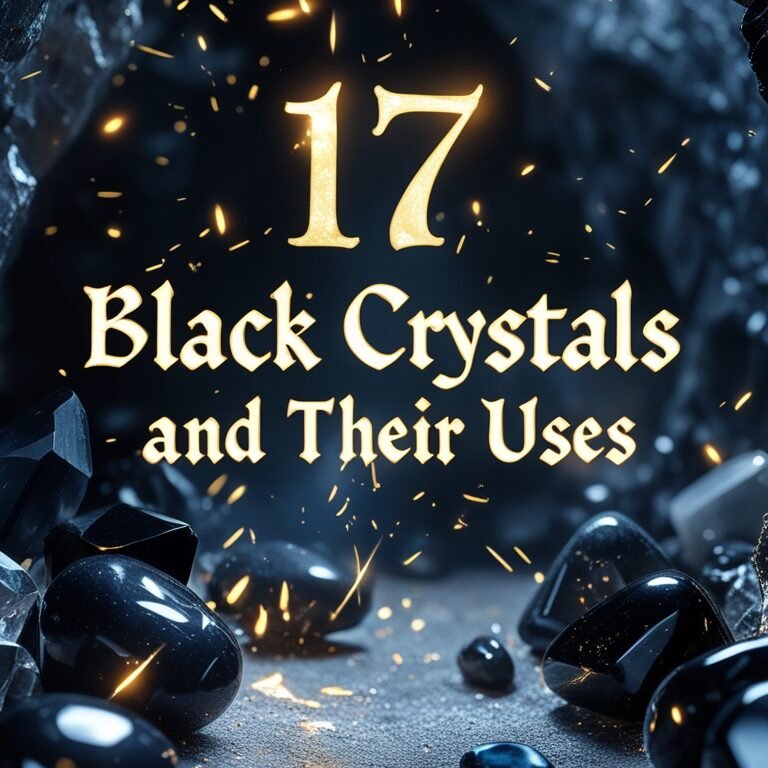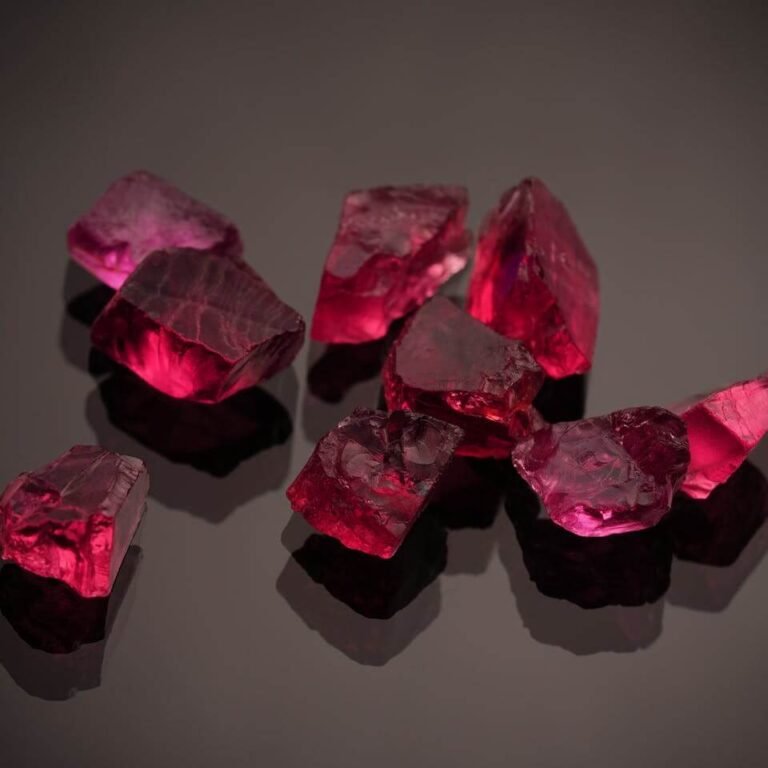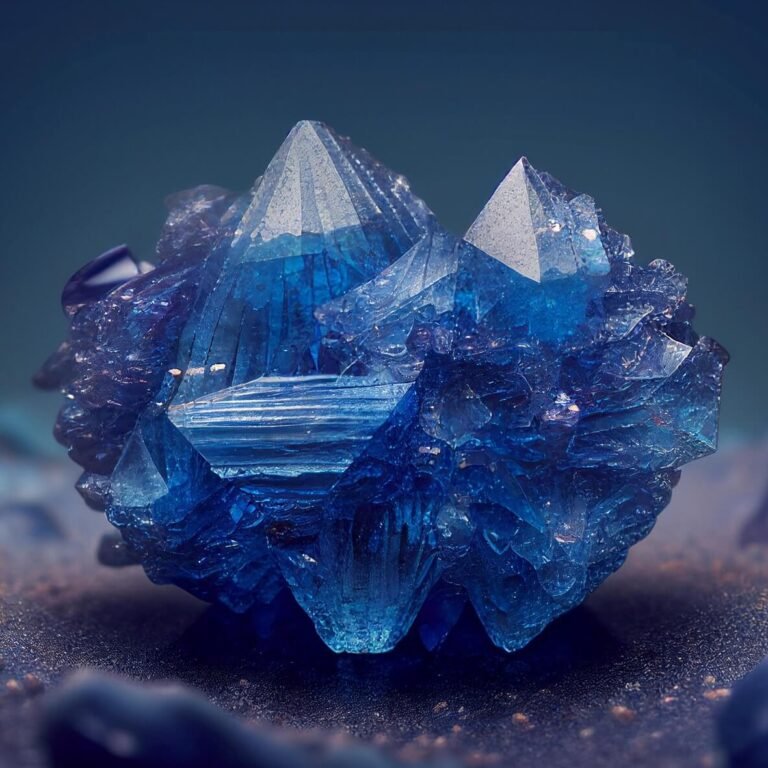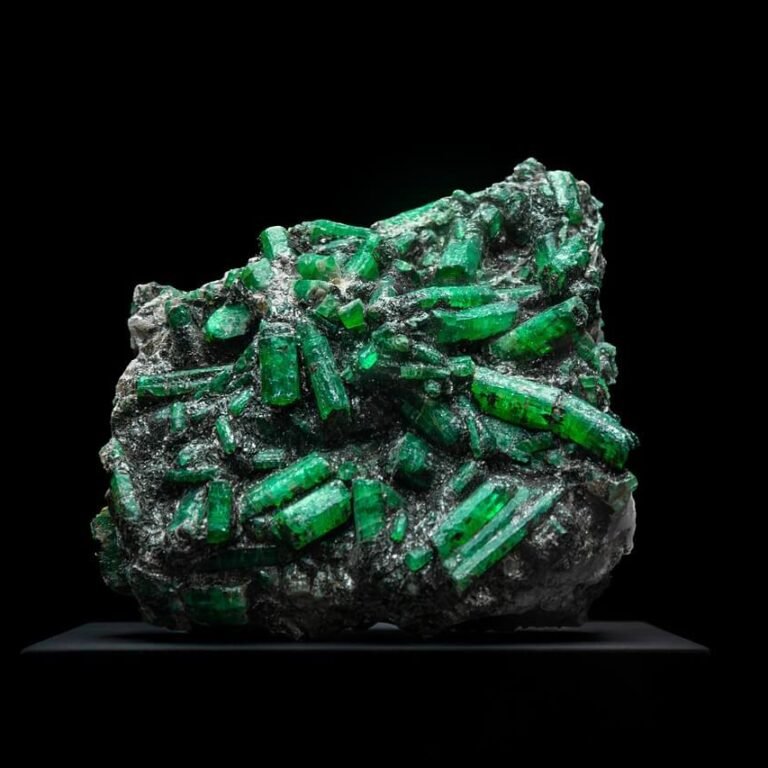Crystals: You’ve probably seen them in stores, on this site, or maybe even in your friend’s room, those colorful, shiny stones that seem to be everywhere these days.
Some people keep them on their desks, others wear them as jewelry, and many swear they bring calm and positive vibes. But what exactly are crystals, and why do so many people feel drawn to them?
I will walk you through everything you need to know about these beautiful natural stones.
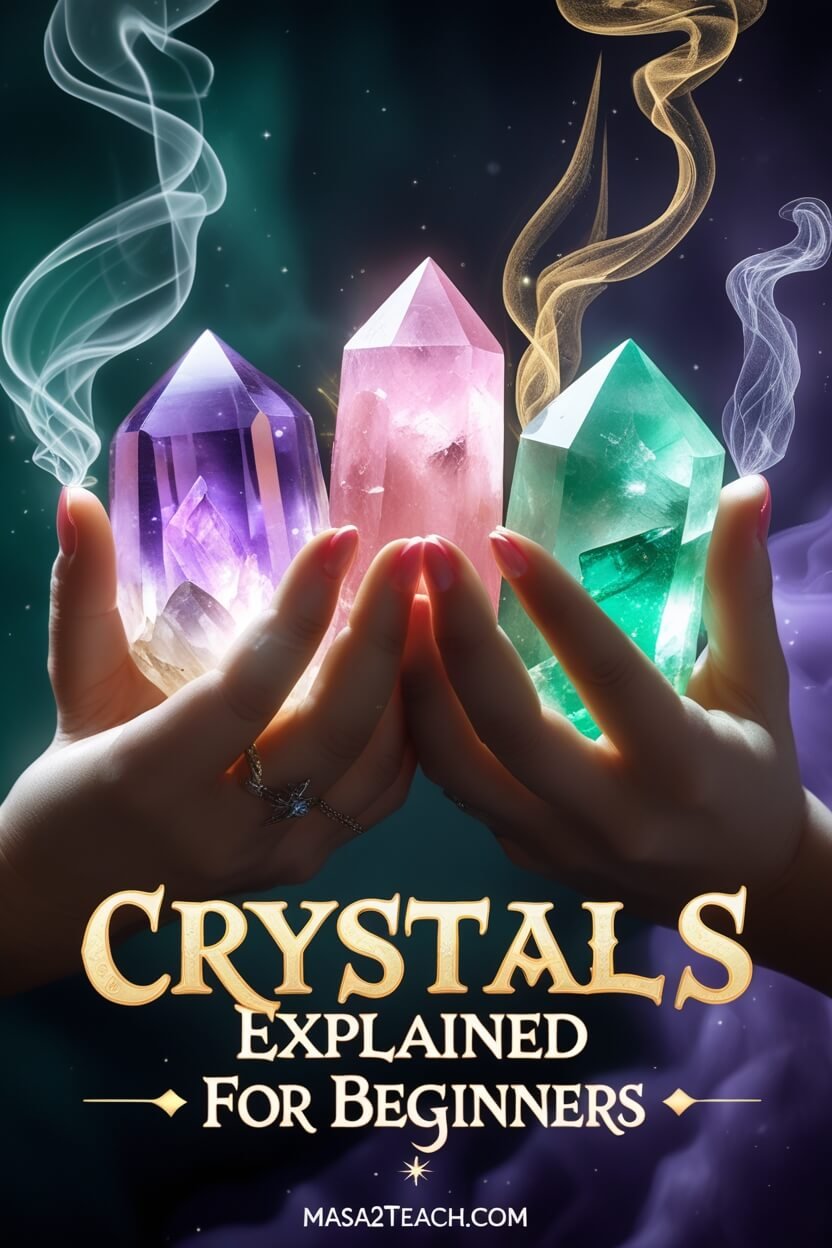
What Are Crystals
Crystals are solid materials where tiny particles called atoms arrange themselves in repeating patterns. Think of it like a perfectly organized closet where everything has its place and follows the same arrangement over and over again. This organized structure is what makes crystals different from regular rocks or glass.
When you look at a crystal, what you’re seeing is the result of this incredible internal organization. The atoms line up in such specific ways that they create the smooth, flat surfaces and geometric shapes we recognize.
Salt, diamonds, snowflakes, and quartz all share this same basic characteristic: their atoms follow a neat, predictable pattern that repeats throughout the entire piece.
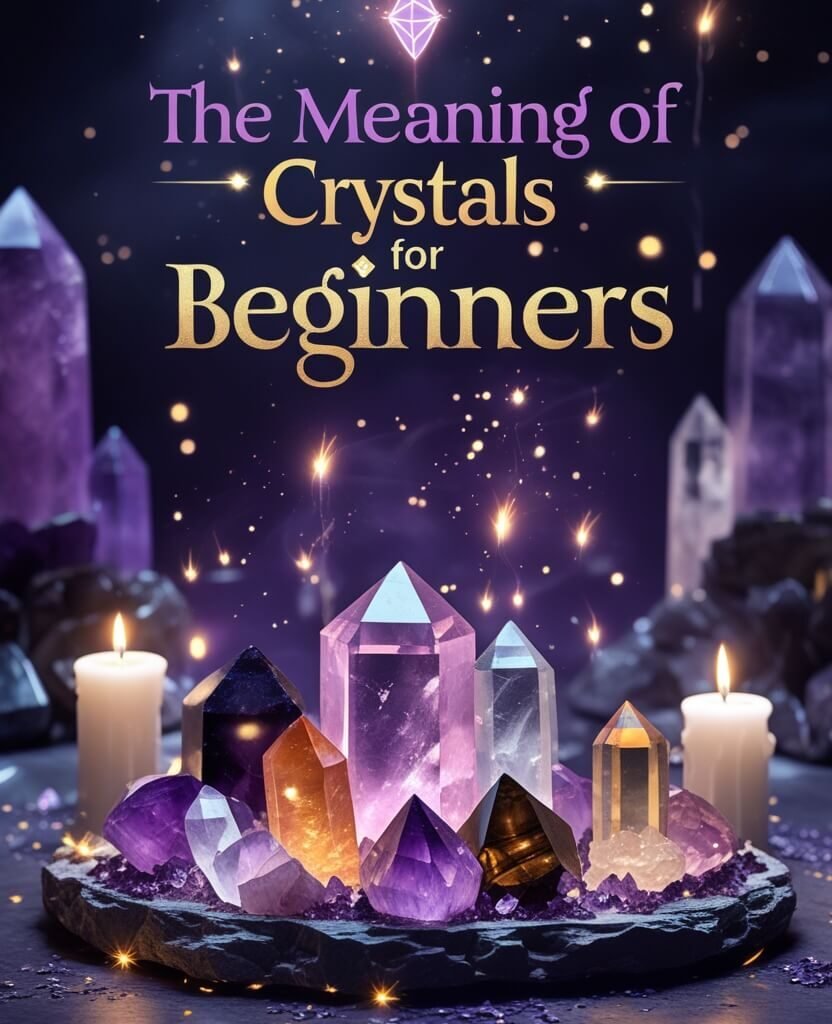
Where Crystals Come From
Most crystals form deep inside the Earth where conditions are just right for their creation. Heat, pressure, and mineral-rich liquids work together over thousands or even millions of years to create these stunning formations.
Some crystals grow in volcanic areas when hot magma slowly cools down, while others form in caves where water carrying dissolved minerals drips and evaporates over time.
The Earth acts like a natural chemistry lab, mixing different elements under extreme conditions. When these elements come together in the right environment, they start to bond and arrange themselves into organized patterns.
This process happens so slowly that a single crystal might take hundreds of years to grow just one inch. That’s why the crystals we find today have such incredible stories behind them—they’re literal pieces of Earth’s ancient history.
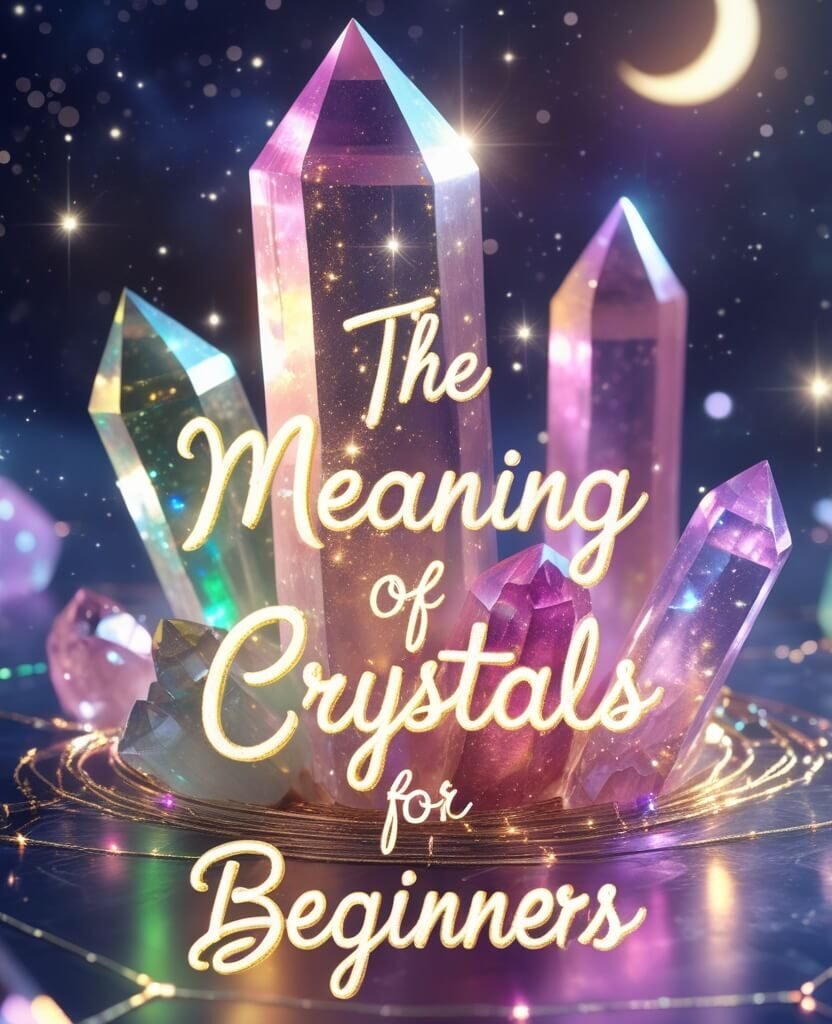
How Crystals Form in Nature
The formation process begins when similar molecules start to stick together. Imagine kids lining up for lunch; they naturally organize themselves into a pattern.
Atoms behave similarly when conditions allow them to move around and come together. They need what’s called a nucleation site, which is basically a starting point where the first few atoms attach.
Once this tiny seed forms, more atoms continue to add on in the same pattern. The crystal grows by adding layer after layer, always following the original blueprint set by those first atoms.
Temperature plays a huge role here—if things cool down too quickly, the atoms don’t have time to organize properly. But when cooling happens gradually, atoms can take their time finding the perfect spot, resulting in larger, more well-formed crystals with those beautiful flat faces we admire.
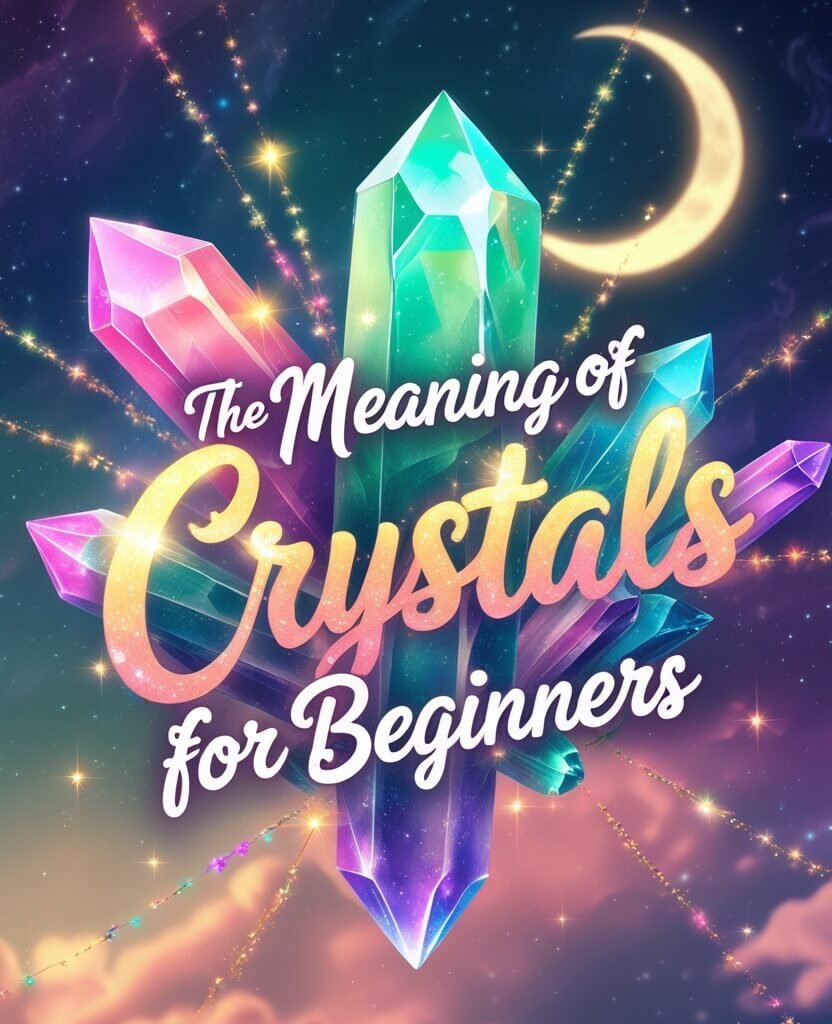
Different Types of Crystals You’ll Encounter
Quartz Varieties
Quartz stands as one of the most popular and abundant crystals on Earth. This versatile stone comes in many varieties, each with its own appearance and feel. Clear quartz looks like frozen water and often forms pointed shapes, while smoky quartz has a grayish-brown color that makes it look mysterious and grounded.
Rose quartz captures attention with its soft pink coloring. This gentle stone feels smooth and often appears slightly cloudy rather than completely see-through.
Amethyst, another member of the quartz family, displays stunning purple shades ranging from light lavender to deep violet. Each type forms under slightly different conditions, which explains why they look so unique despite being related.
Protective Stones
Black tourmaline is a go-to stone for those who practice witchcraft or energy work. This dark, striated crystal appears in protection spells and rituals across various traditions. Obsidian, formed from volcanic glass, carries similar associations and often shows up in spiritual practices.
Hematite, with its metallic gray appearance, feels surprisingly heavy for its size. Many practitioners place this stone near doorways or carry it for grounding purposes. Labradorite shows flashes of blue and green when light hits it just right, and witches often include it in their collections for its striking appearance and protective qualities.
Crystal Colors and Their Meanings
The colors in crystals come from tiny amounts of other elements mixed into their structure. Pure quartz would be completely clear, but when iron gets trapped inside during formation, you end up with amethyst’s purple hues. These impurities act like natural dye, changing the way light passes through the crystal.
Rose quartz gets its pink color from microscopic mineral fibers woven throughout its structure. Smoky quartz owes its darker appearance to natural radiation exposure over millions of years.
Different spiritual traditions have assigned meanings to these colors: green stones for growth, red for passion, and purple for intuition. Whether you follow these associations or simply enjoy the colors themselves, each shade tells a story about the crystal’s creation.
Crystal Shapes and Formations
Crystals naturally grow into specific geometric shapes based on their internal atomic structure. Some form perfect six-sided points, while others create cube-like formations or flat, layered structures. These shapes aren’t random; they directly reflect how the atoms arranged themselves during growth.
You’ll find crystals in different formations beyond single points. Clusters happen when multiple crystals grow together from the same base, creating a garden-like appearance.
Geodes are hollow rocks lined with crystals on the inside, formed when minerals filled ancient gas bubbles in volcanic rock. Tumbled stones are natural crystals that have been polished smooth, either by rivers and oceans over time or by people using special machines.
How People Use Crystals Today
In Daily Life
Many people keep crystals in their homes and personal spaces. Some arrange them on windowsills where sunlight can shine through them, while others place them on desks or nightstands. The simple act of having something beautiful and natural nearby can create a sense of calm and connection to the Earth.
Wearing crystals as jewelry has become increasingly common. Necklaces, bracelets, and rings made with crystal beads or pendants allow people to carry their favorite stones throughout the day. Beyond decoration, many people use crystals during quiet reflection or meditation, holding them while they relax or think.
In Spiritual Practices
Witchcraft and modern spiritual practices often incorporate crystals in meaningful ways. People create crystal grids, geometric arrangements of stones meant to focus intention. These layouts might sit on altars or in special spaces dedicated to spiritual work.
Protection spells frequently call for specific crystals. Someone might place black tourmaline at their front door, carry amethyst in their pocket, or sleep with rose quartz nearby. Moon rituals sometimes involve setting crystals outside during the full moon, and many practitioners cleanse their stones with sage smoke or salt.
Starting Your Own Crystal Collection
Beginning a collection doesn’t require much—just curiosity and an appreciation for natural beauty. Start by choosing stones that catch your eye or feel good in your hand. There’s no right or wrong first crystal. Some people begin with clear quartz because of its versatility, while others go straight for the colors that speak to them.
Visit local crystal shops or gem shows where you can see and touch different varieties. This hands-on approach helps you discover what you truly like rather than just buying based on pictures. Start small with a few pieces rather than buying everything at once.
As you learn more about different types, you’ll naturally develop preferences and can expand your collection thoughtfully. Many witchcraft shops also carry crystals alongside herbs and candles, giving you a chance to explore the spiritual side if that interests you.
How To Care for Your Crystals
Cleaning Methods
Keeping crystals clean is easy. Most can be gently washed with lukewarm water and mild soap, then dried with a soft cloth. This removes dust and keeps them looking their best. Avoid harsh chemicals or abrasive materials that might scratch their surfaces.
Some crystals are more delicate than others. Selenite and other soft stones can dissolve in water, so they need dry cleaning methods only. Direct sunlight can fade the colors in certain crystals like amethyst over time, so consider where you display them. Handle your crystals with reasonable care—while many are quite durable, they can still chip or break if dropped on hard surfaces.
Energetic Cleansing
People who work with crystals in spiritual practices often talk about cleansing their energy. Common methods include leaving stones in moonlight overnight, passing them through sage or incense smoke, or burying them in salt. Some practitioners believe crystals absorb energy from their surroundings and benefit from regular clearing.
You might also hear about charging crystals, setting intentions, or exposing them to specific energies. Again, whether you embrace these practices depends on your personal beliefs. Some people find these rituals meaningful, while others simply enjoy keeping their stones physically clean and well-maintained.
Where to Find Crystals
Crystal and metaphysical shops offer the widest selection and knowledgeable staff who can answer questions. These specialty stores usually carry everything from raw specimens to polished pieces, plus items for witchcraft like candles, tarot cards, and spell supplies. Rock and mineral shows happen regularly in most areas, bringing together vendors with extensive collections at various price points.
Online marketplaces provide access to crystals from around the world, though buying in person lets you examine quality firsthand. Some people enjoy rockhounding, the hobby of finding crystals in nature. Public dig sites and certain beaches allow collecting, though always check local regulations first. Natural history museums often have gift shops with quality specimens, too.
Crystal Quality and What to Look For
Quality varies widely based on several factors. Clarity refers to how see-through a crystal appears; fewer internal cracks and clouds generally indicate higher quality. Color intensity matters too, with deeper, more vibrant hues typically considered more desirable.
Size doesn’t automatically mean better quality. A small, well-formed crystal with good clarity often surpasses a larger piece full of chips and dull areas. Natural crystals may have small imperfections that prove authenticity. Perfect specimens at suspiciously low prices might be synthetic or treated. Learning to spot quality takes time, so don’t worry about becoming an expert overnight.
Real vs. Synthetic Crystals
Not everything sold as crystal formed naturally underground. Labs can now grow crystals that look nearly identical to natural ones. These lab-created stones have the same chemical composition and structure as natural crystals, but they form in months rather than millennia.
Some sellers clearly label synthetic crystals, while others may not be upfront about origins. Real crystals usually show slight irregularities and unique features, while synthetic ones often look almost too perfect.
Price can be a clue; if something seems unusually cheap for what it’s supposed to be, ask questions. Both natural and synthetic crystals can be beautiful, but you deserve to know what you’re purchasing.
Crystal Combinations and Pairings
Many people enjoy displaying multiple crystals together. Mixing different colors and shapes creates visually appealing arrangements. Some individuals group crystals by color families, while others prefer variety and contrast.
Certain combinations have become popular over time. Amethyst and rose quartz often appear together, their purple and pink tones complementing each other nicely. Clear quartz works well with almost anything because of its neutral appearance.
In witchcraft practices, people might combine stones for specific purposes, black tourmaline with selenite for protection and cleansing, or citrine with green aventurine for prosperity work. Experiment with different groupings until you find arrangements that feel right to you.
The History Behind Crystal Interest
Humans have treasured crystals for thousands of years. Ancient civilizations incorporated them into jewelry, tools, and decorative objects. Egyptians used lapis lazuli and turquoise in their art, while other cultures carved jade into intricate designs. Many ancient magical traditions included crystals in healing rituals and protection spells.
This long-standing fascination continues today with renewed interest. Social media has introduced crystals to younger generations who appreciate both their aesthetic appeal and the connection to nature they represent.
Build Your Crystal Knowledge
Learning about crystals happens gradually through experience and observation. Each new stone you encounter teaches you something. Notice how different crystals feel in your hand, how light plays through them, and what draws you to certain types.
Books, websites, and crystal communities offer endless information for those who want to learn more. Take your time absorbing knowledge at your own pace. Some people become serious collectors and students of mineralogy, while others focus on the metaphysical properties and incorporate crystals into spell work and rituals. Both approaches are perfectly valid—let your own interests guide how deep you want to go.
Conclusion
Starting with crystals doesn’t require expertise. Pick up a stone that speaks to you, learn a bit about where it came from, and let your collection grow naturally from there. Every crystal carries its own story written in stone over millions of years. Now you get to be part of that ongoing story, appreciating these remarkable creations of nature and perhaps discovering what they mean to you personally.
